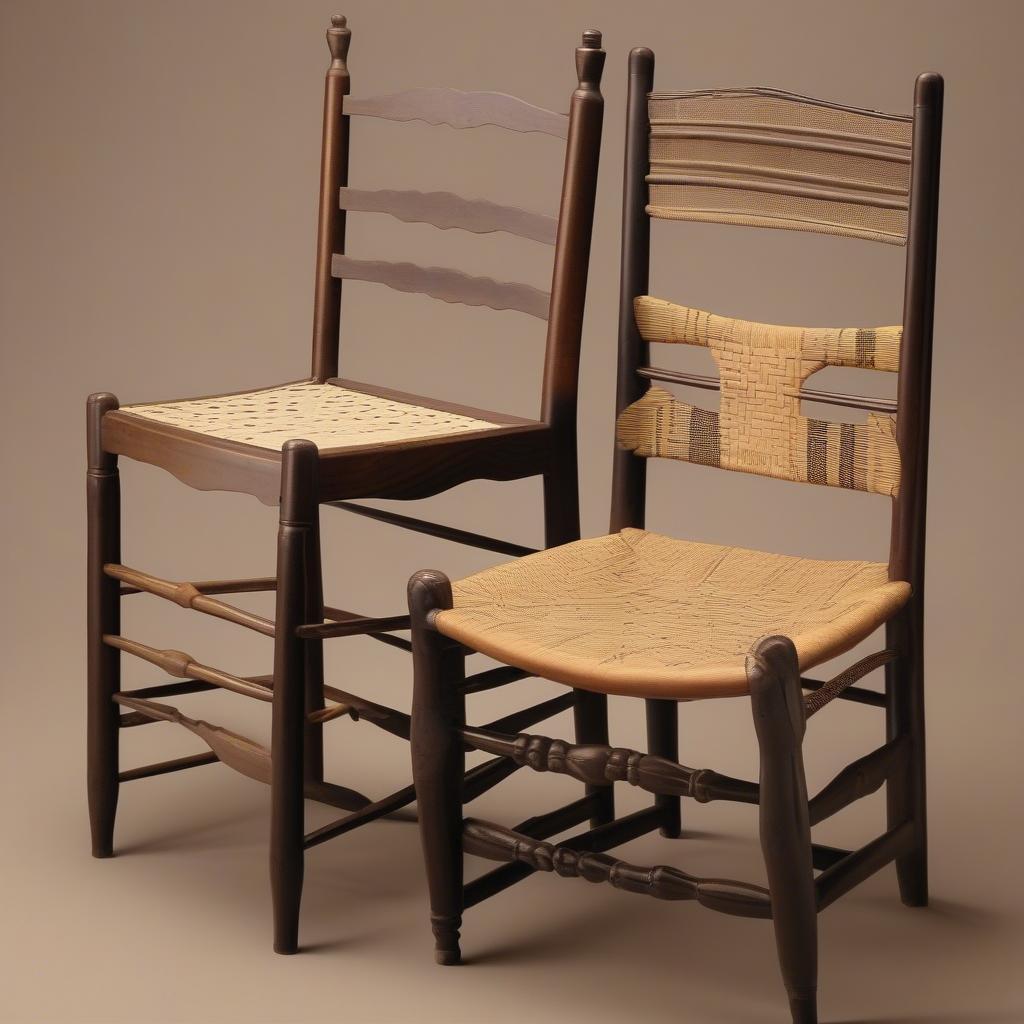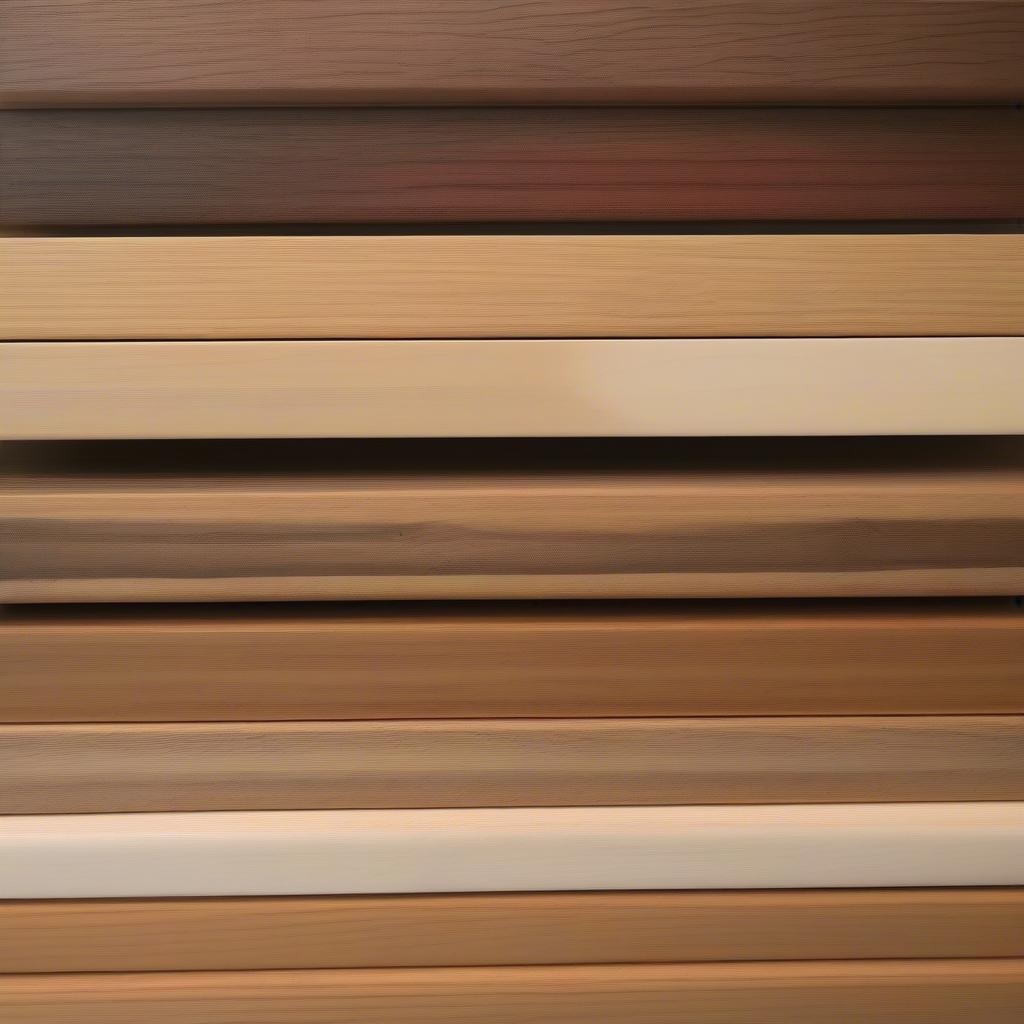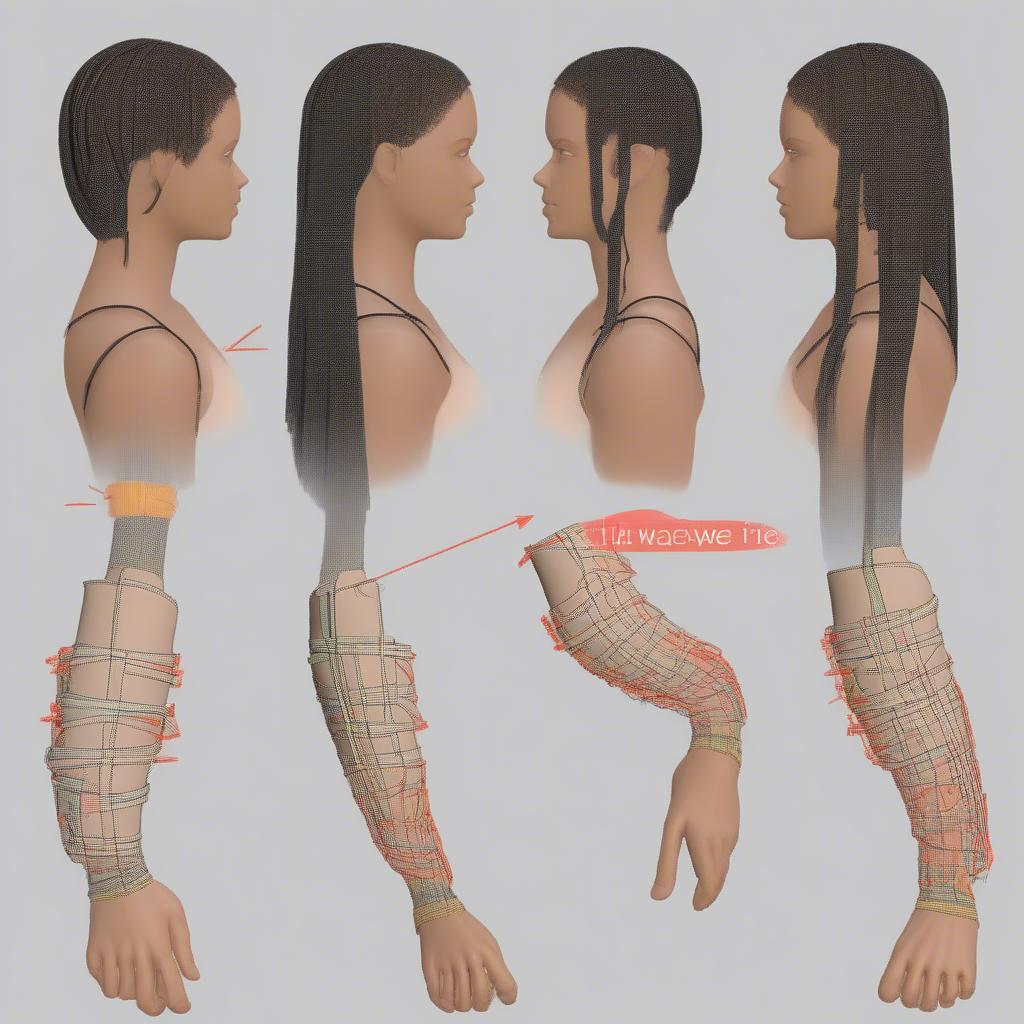Weave Chair
Mastering Chair Splint Weaving: A Comprehensive Guide
Chair Splint Weaving is a time-honored craft that transforms ordinary chairs into beautiful, functional pieces of art. Whether you’re looking to restore a family heirloom or add a touch of rustic charm to your home, understanding the nuances of this technique can open up a world of creative possibilities. This guide delves into the art of chair splint weaving, exploring its history, materials, techniques, and more.
A Brief History of Chair Splint Weaving
Chair splint weaving, using thin strips of wood, primarily ash, oak, or hickory, dates back centuries. Initially a practical solution for creating sturdy and comfortable seating, it evolved into a decorative craft, adorning chairs in homes of all social classes.  Historical Examples of Chair Splint Weaving Today, chair splint weaving continues to be appreciated, both for its historical significance and its enduring aesthetic appeal. It’s a testament to the enduring power of handcrafted items in a world increasingly dominated by mass production.
Historical Examples of Chair Splint Weaving Today, chair splint weaving continues to be appreciated, both for its historical significance and its enduring aesthetic appeal. It’s a testament to the enduring power of handcrafted items in a world increasingly dominated by mass production.
Choosing the Right Materials for Chair Splint Weaving
The success of your chair splint weaving project hinges on selecting the appropriate materials. Traditionally, ash, oak, and hickory splints are favored for their strength and flexibility. weave chair with rattan splint Pre-cut splints are readily available, offering convenience, or you can create your own from logs using specialized tools. Beyond the splints themselves, you’ll need a sturdy frame, tacks or nails, and a mallet or hammer. A soaking tub for the splints is also essential, as dampening them makes them pliable and easier to work with.
Understanding Different Splint Types
Different types of wood splints offer unique characteristics. Ash is known for its light color and smooth texture, while oak provides a darker, more rustic look. Hickory, the strongest of the three, is ideal for high-traffic chairs.  Various Wood Splints for Chair Weaving Consider the overall style and intended use of the chair when selecting your splints.
Various Wood Splints for Chair Weaving Consider the overall style and intended use of the chair when selecting your splints.
“Choosing the right wood is crucial,” says renowned furniture restorer, Amelia Blackwood. “The type of wood will not only impact the aesthetic but also the longevity of the finished piece.”
Essential Chair Splint Weaving Techniques
Chair splint weaving involves a variety of techniques, from simple over-under patterns to more complex designs. The most common method is the “7-step” weave, a versatile pattern suitable for beginners. This technique involves weaving the splints over and under each other in a specific sequence, creating a durable and visually appealing surface. More intricate patterns, such as the “herringbone” or “basketweave,” require more practice and precision. weaving chair seats with cane rush and splints These advanced techniques can add a unique touch to your chair, showcasing your skill and creativity.
Mastering the 7-Step Weave
The 7-step weave is a foundational technique in chair splint weaving. It’s a rhythmic process that becomes easier with practice. Start by soaking your splints to make them pliable. Then, begin weaving the splints through the frame, following the over-under sequence. Maintain even tension throughout the process to ensure a smooth and uniform finish.  Illustrating the 7-Step Splint Weaving Pattern
Illustrating the 7-Step Splint Weaving Pattern
Chair Splint Weaving for Rocking Chairs
weave for rocking chair Applying splint weaving to rocking chairs presents unique challenges and opportunities. The curved frame requires careful planning and precise execution. Choosing flexible splints is paramount for navigating the bends of the rocker.
“Rocking chairs demand a delicate balance of strength and flexibility in the weave,” explains master weaver, Samuel Cartwright. “It’s a rewarding challenge that yields beautiful results.”
Weaving a Durable and Comfortable Rocking Chair Seat
rocking chair seat weaving Durability and comfort are key considerations when weaving a rocking chair seat. Reinforcing the edges and using a tight weave will contribute to the chair’s longevity. Adding padding under the woven surface can enhance comfort.
Chair Weaving Repair and Restoration
chair weaving repair Over time, even the most meticulously woven chair seats can require repair. Whether it’s a broken splint or a sagging section, knowing how to repair these issues is invaluable. Learning basic repair techniques can extend the life of your cherished chairs.
Conclusion
Chair splint weaving is a rewarding craft that combines practicality with artistry. From choosing the right materials to mastering essential techniques, each step contributes to the creation of a unique and functional piece. By understanding the history, techniques, and nuances of this craft, you can transform ordinary chairs into beautiful, enduring works of art.
FAQ
- What is the best wood for chair splint weaving? Ash, oak, and hickory are popular choices due to their strength and flexibility.
- Where can I buy pre-cut splints? Craft stores, online retailers, and specialized woodworking suppliers often carry pre-cut splints.
- How do I make my own splints? You can create splints from logs using a froe and mallet, although this requires specialized skills and tools.
- What is the most common weaving pattern? The 7-step weave is a versatile and beginner-friendly pattern.
- How do I repair a broken splint? Carefully remove the broken splint and replace it with a new one, securing it with tacks or glue.
- Can I weave chair seats with other materials? Yes, materials like cane, rush, and paper cord can also be used for chair weaving.
- How do I clean a woven chair seat? Regular dusting and occasional wiping with a damp cloth will help keep your woven chair seat clean.
Common Chair Splint Weaving Issues
- Splints breaking during weaving: This often happens due to dry splints or excessive tension. Make sure to soak your splints thoroughly and maintain even tension while weaving.
- Uneven weaving pattern: Practice and patience are key to achieving a uniform weave. Take your time and focus on maintaining consistent spacing between the splints.
- Sagging seat: This can occur over time due to wear and tear or improper weaving. Reinforcing the edges and using a tight weave can prevent sagging.
Further Exploration
Explore other related topics on our website, such as weaving techniques for different chair styles and using alternative materials like rattan or seagrass.
For assistance with your chair splint weaving projects, contact our 24/7 customer support team via Hotline: +84 388 951 999, or visit us at our offices in Hanoi, Vietnam or Tech Avenue, Suite 12, San Francisco, CA 94105, USA.
